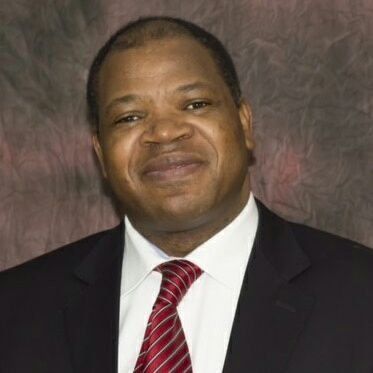Democratic Republic of Congo

- APPO
- MEMBERSHIP
- Democratic Republic of Congo
summary
The Democratic Republic of Congo is a country in Central Africa. With an area of 2,345,409 km², it is the fourth most populous country in Africa, as well as the most populous French-speaking country.
The country shares its borders with the enclave of Cabinda (Angola) in the west-southwest; the Republic of Congo to the west; the Central African Republic in the North; South Sudan in the Northeast; Uganda to the East-North-East; Rwanda and Burundi in the East; Tanzania in the East-South-East; Zambia in the South-South-East and Angola in the South-West.
From 1980 to 1960, this former colony was called Belgian Congo, but also “Congo-Leopoldville”.
Several hundred ethnic groups make up the country’s population; French is the official language and four Bantu languages (Lingala, Kikongo, Swahili and Tshiluba) have the status of national languages.
The economy is mainly based on the primary sector (agriculture and mining).
The DRC is crossed by the equator, with a third of the country lying north of this line. The climate is hot and humid in the river basin region. It is dry and cool towards the South. In the south of Equator the rainy season lasts from October to May, and in the north it lasts from April to May. As for the level of Ecuador, it rains almost every day and the rate of precipitation is constant throughout the year. During the rainy season, thunderstorms are violent but last only a few hours. The average precipitation level is 107mm throughout the country with a breakdown into three climatic zones namely:
- Mountain climate, characterized by a precipitation duration of 9 to 12 months per year, and a temperature variation between 6 to 18°C. This climate is encountered in the Eastern part (City of Goma).
- Equatorial climate, characterized by a precipitation duration of 10 to 12 months per year, and a temperature variation between 25 to 28°C. This climate is found in the central part of the Congo River Basin (City of Kisangani).
Humid Tropical climate, characterized by a precipitation duration of 5 to 6 months per year, and a temperature variation of 17 to 20°C. This climate is found in the southeastern part (City of Lubumbashi).
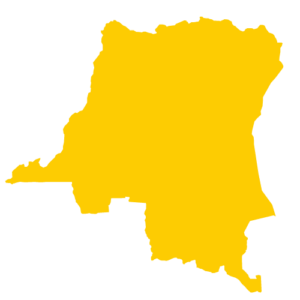
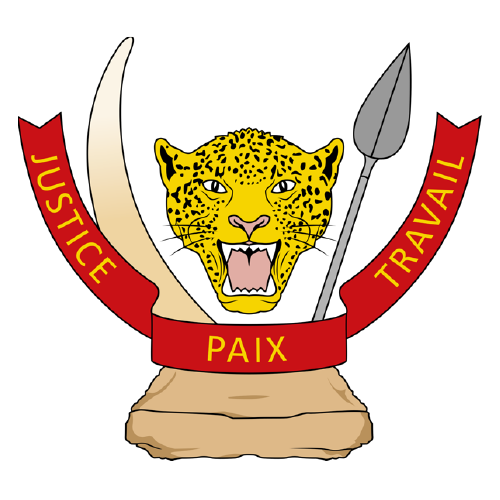
Independence Day
June 30, 1960
Official language
French
Capital
Kinshasa
Main cities
Kinshasa, Lubumbashi, Goma, Kisangani, Matadi, Mbuji-Mayi, Kananga, Bukavu, Kolwezi, Boma
Population
90.794 million (2021)
Natural gas reserves
66 billionm3 in the Lac Kivu
Proven crude oil reserves
1,490,200,000 Barrels only in the Coastal Basin
Crude oil production
22,000 bbl per Day (2022)
Nominal GDP
CF 119,540.82 billion (2022)
Currency Congolese Francs
Congolese Francs
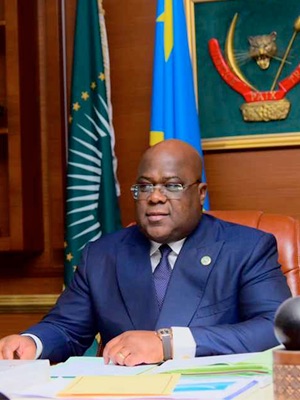
H.E. Félix Antoine Tshisekedi Tshilombo
President
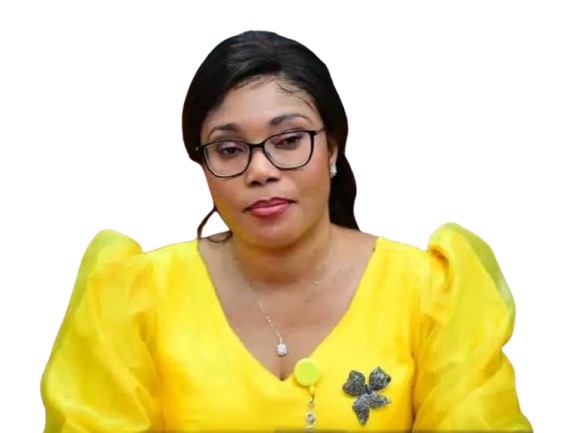
h.e. acacia bandubola mbongo
Ministre des Hydrocarbures
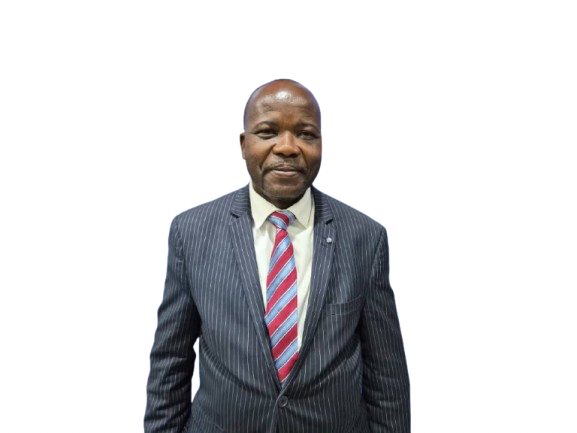
Karrol Leta
Executive Board Member
